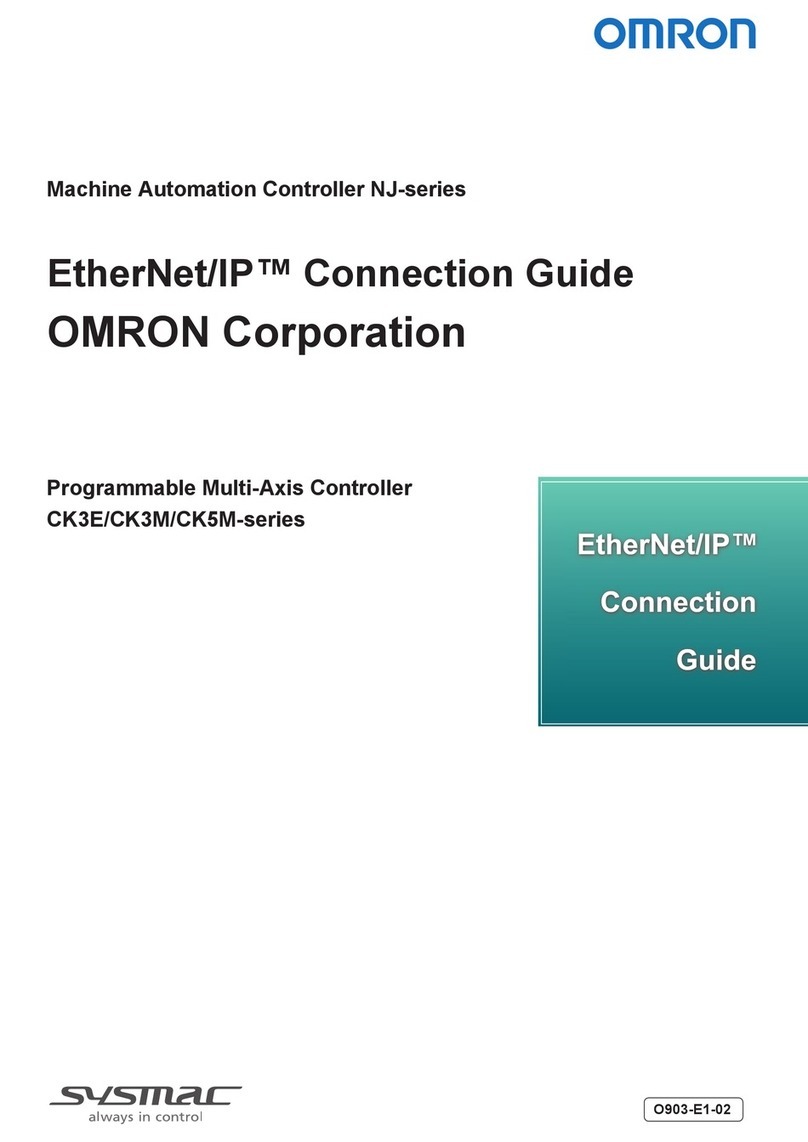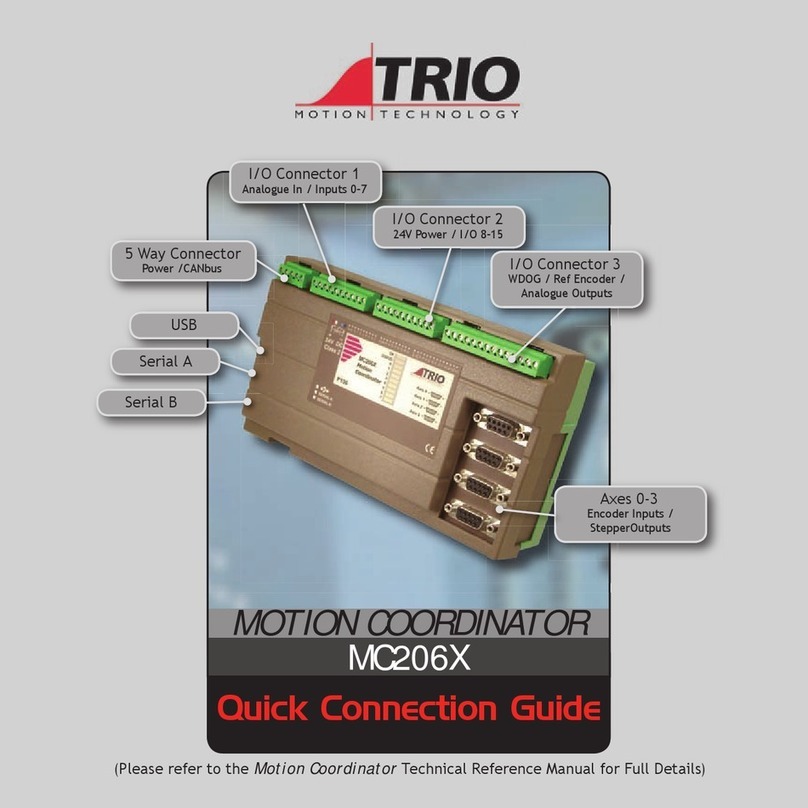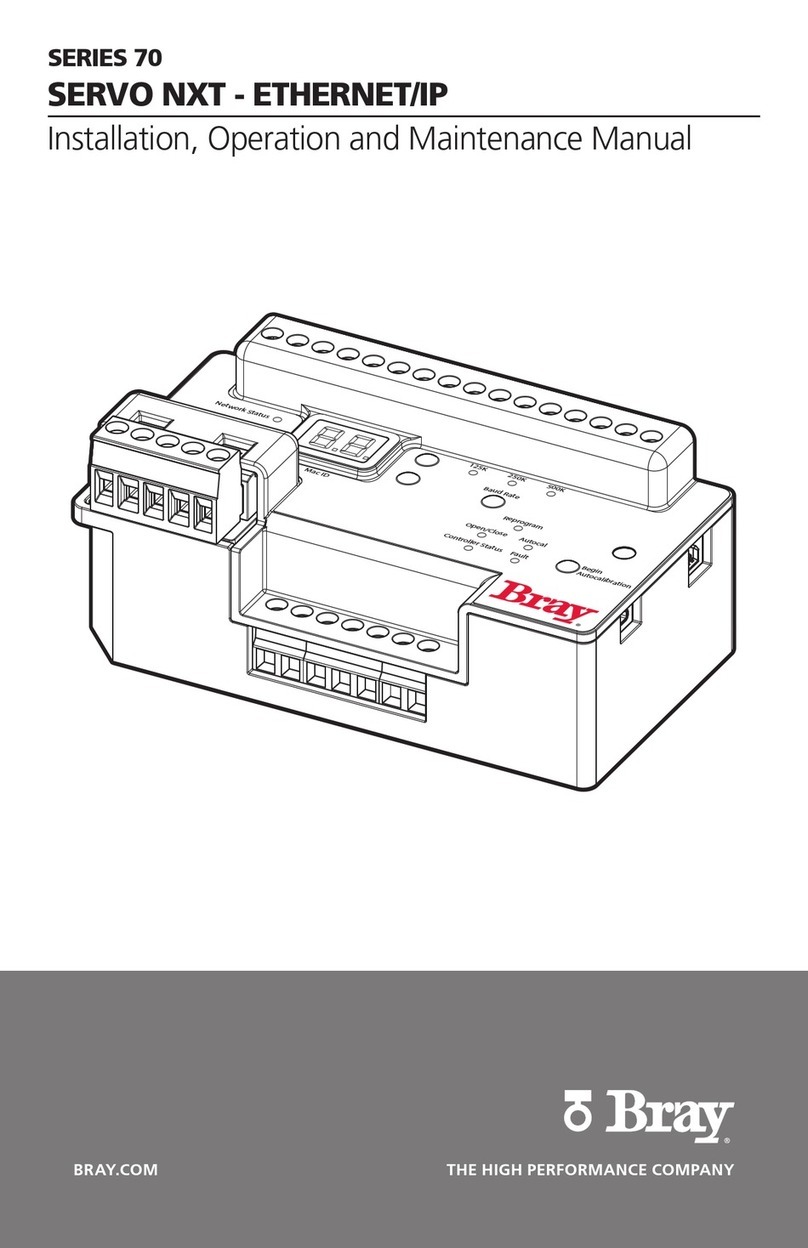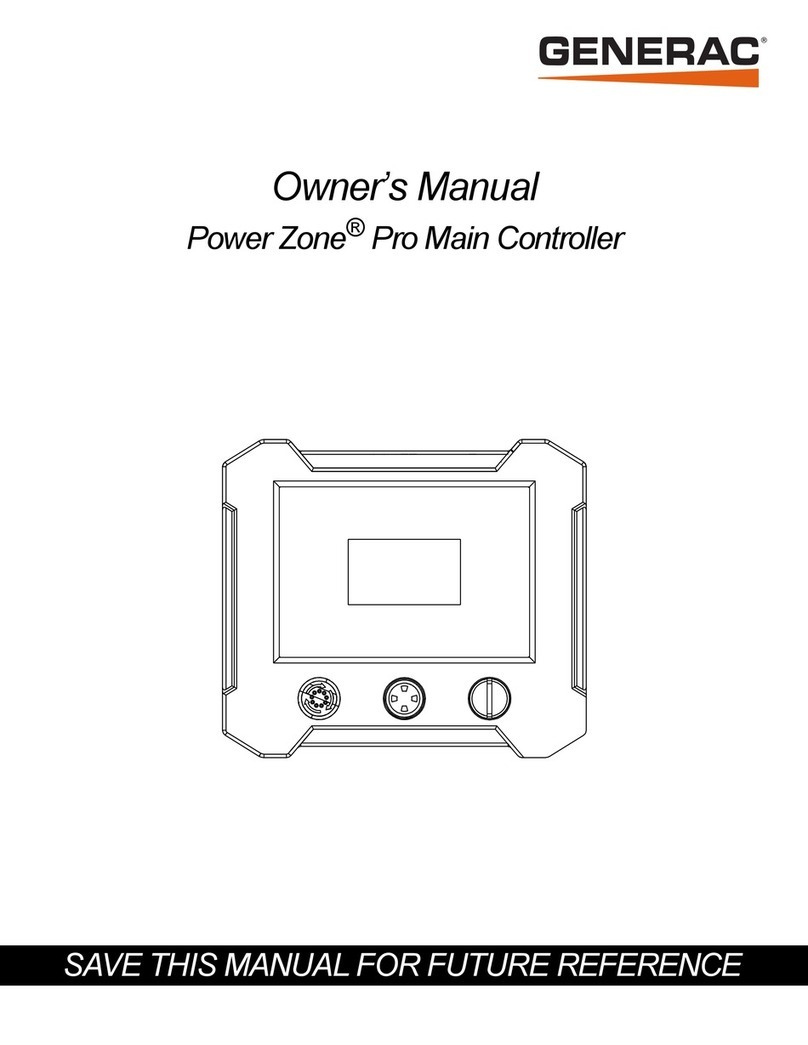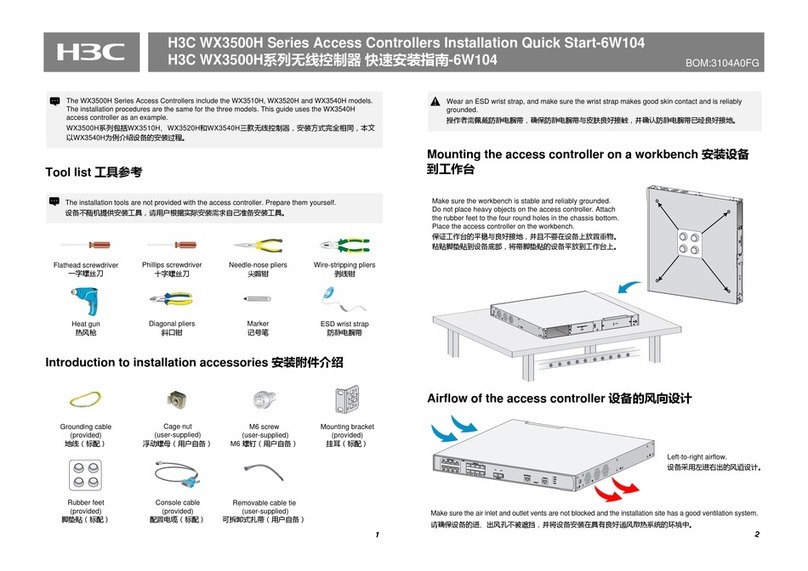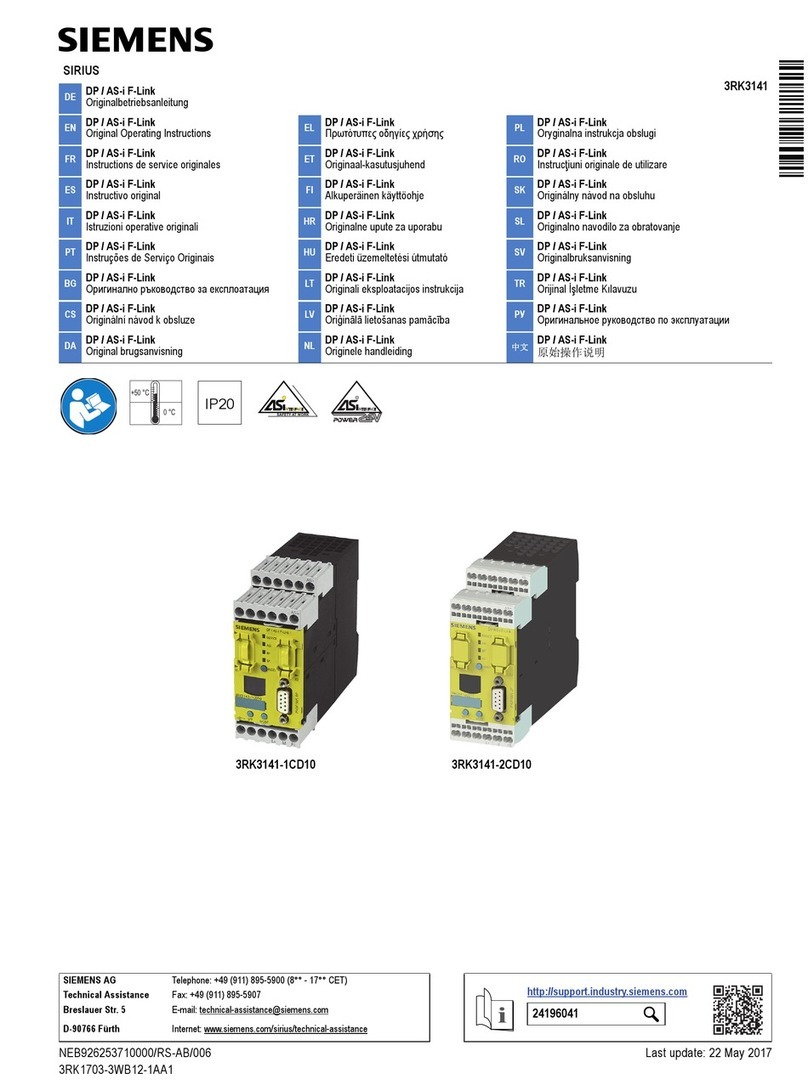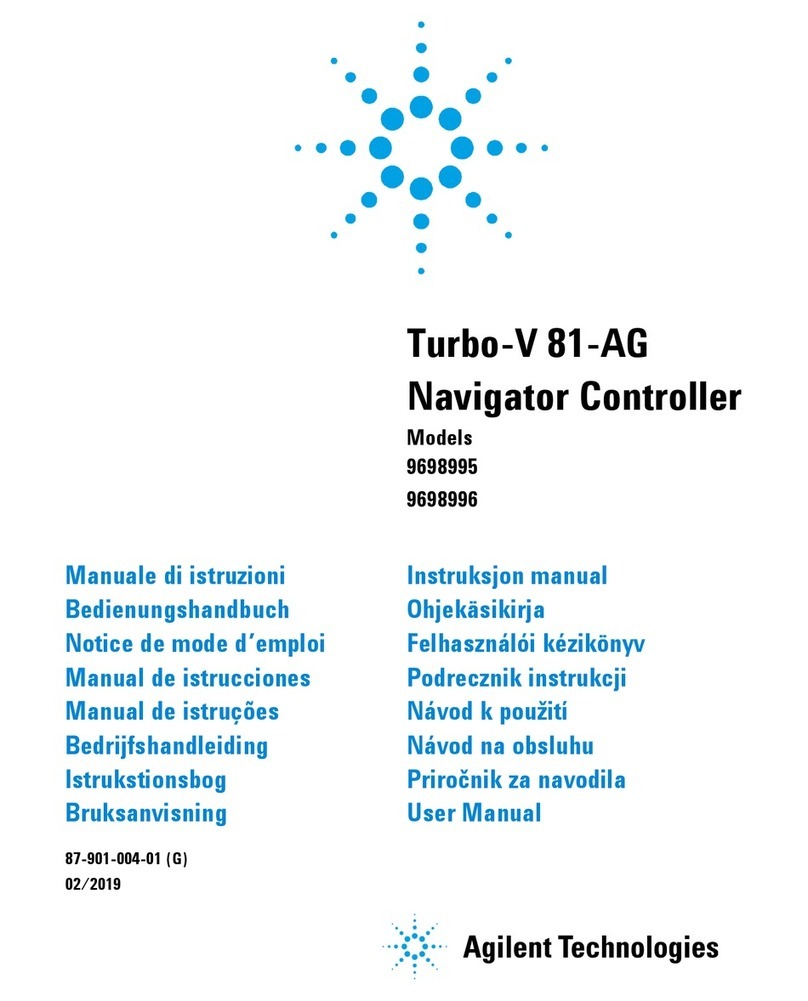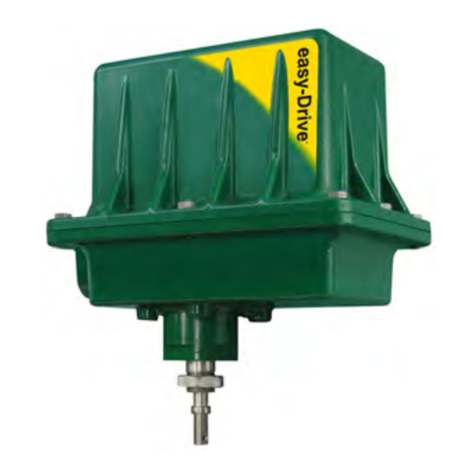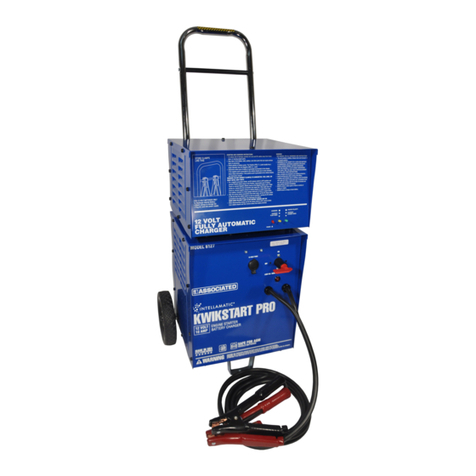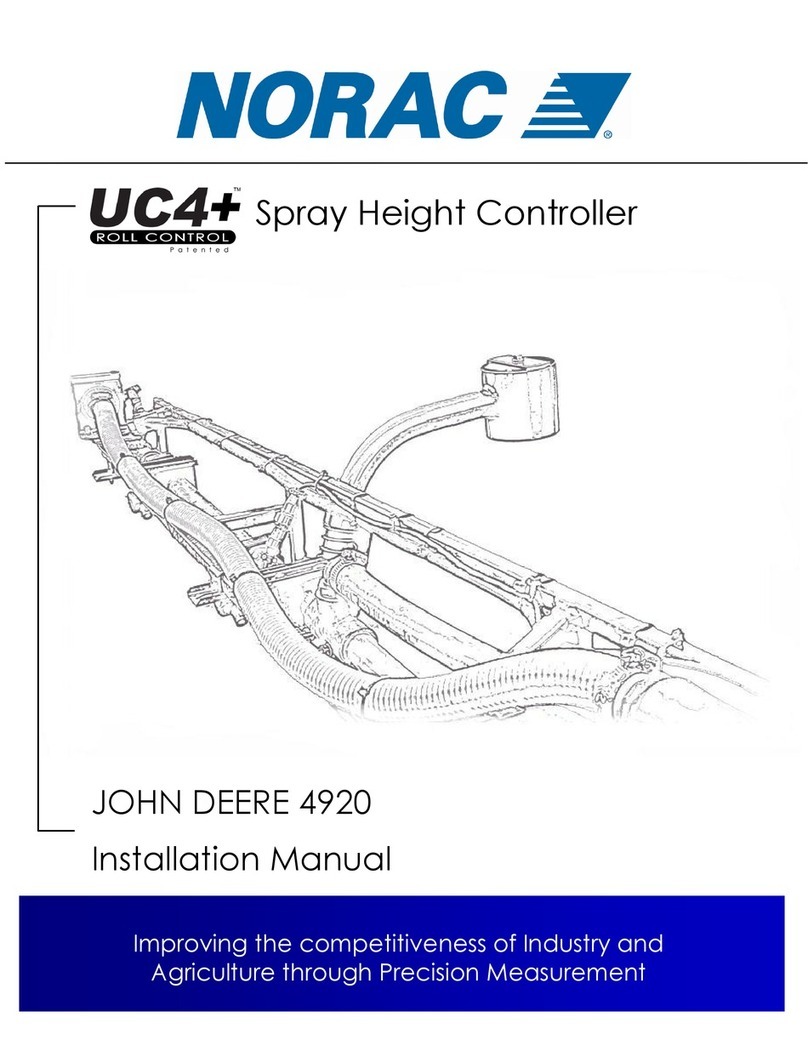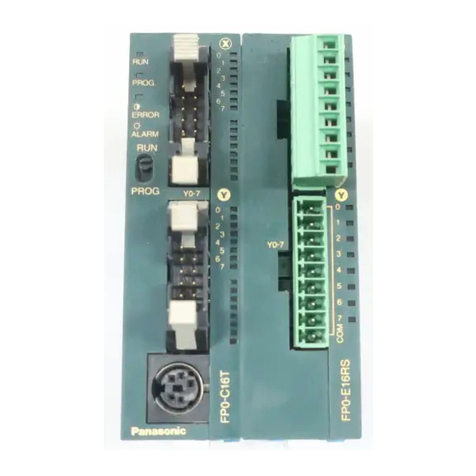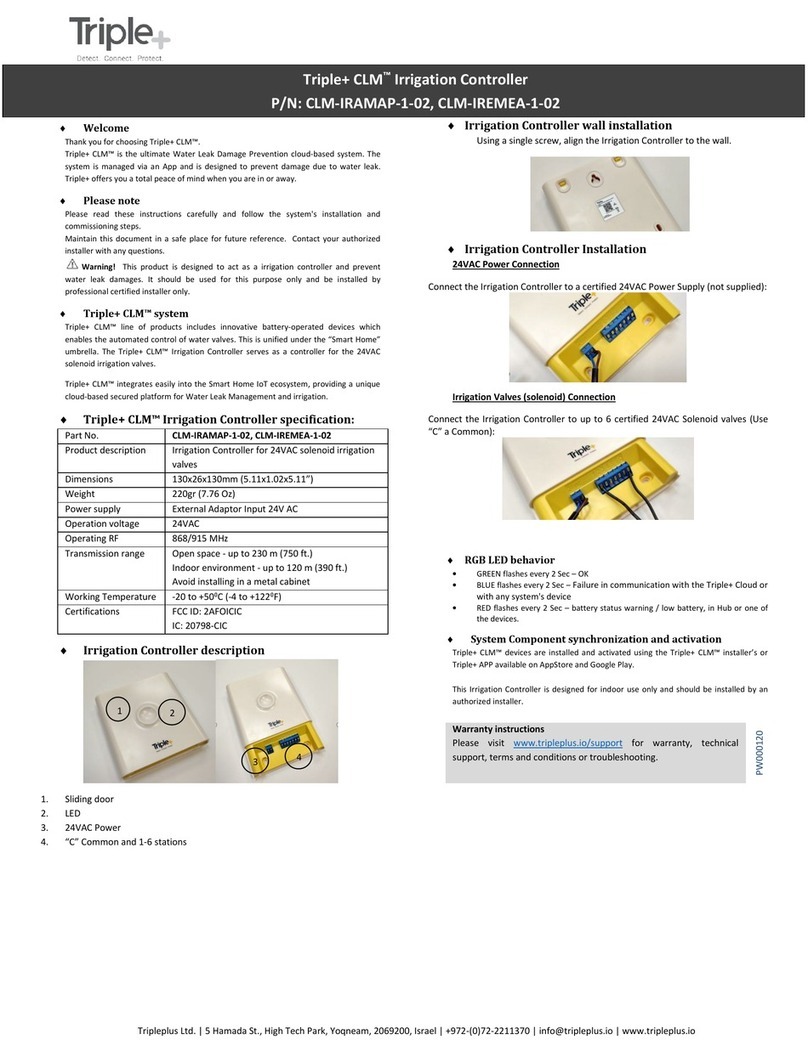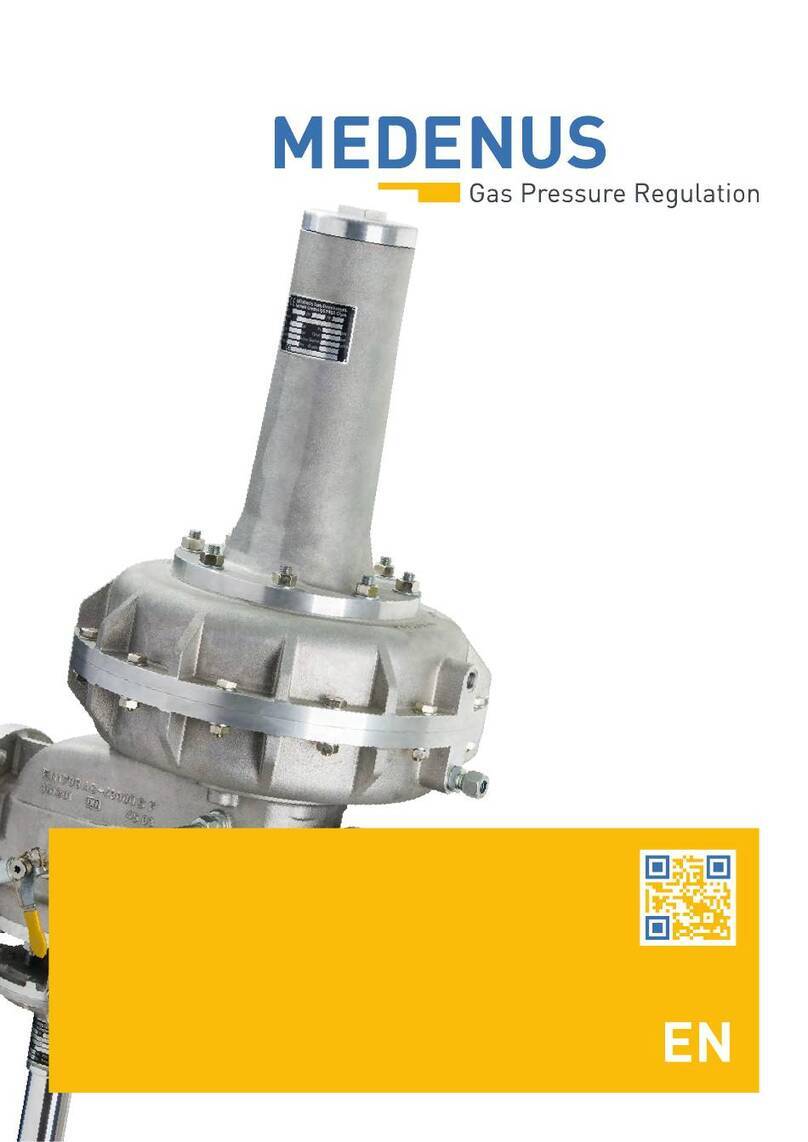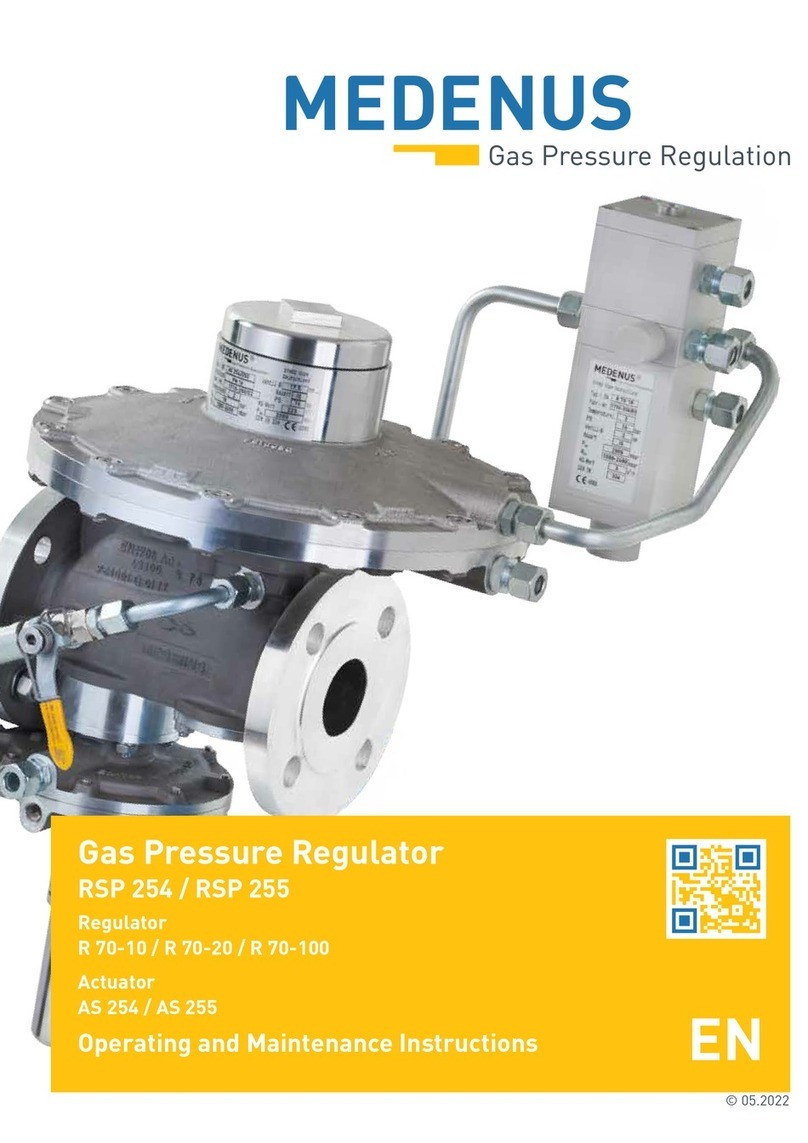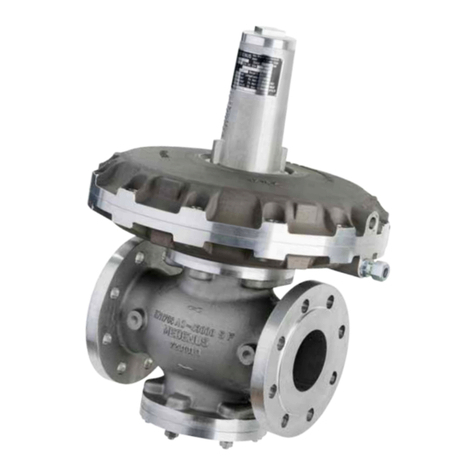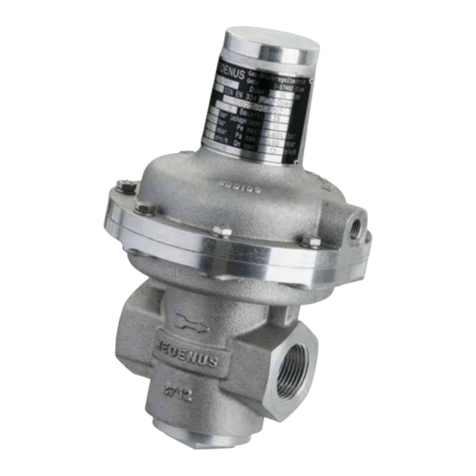
12
© 05.2022
7 Mounting and Commissioning
7.1 Safety Instructions and Preparation
Prior to starting work on pressurized components:
• Close all connections to the gas line.
• Depressurize all pressurized components. Also discharge residual energies.
• Defective components charged with pressure in operation must be replaced immediately by
an appropriate expert.
Prior to starting work, ensure sufficient clearance for mounting.
Before installing the device, check whether the performance data (nameplate) and the scope of
delivery coincide with the order or the system data, i.e., make sure that the provided devices are
suitable for their intended purpose. In particular, the inlet pressure of the system must be lower than
the maximum allowable pressure of the device.
Direct contact of gas valves and fittings, i.e., the control system, with hardening masonry, concrete
walls or floors is not permitted. Provide suitable supports, working materials and protective
equipment.
Take into account the minimum clearances for maintenance as stated in the product information.
Before installing the device in the pipeline, check whether a shut-off device that interrupts the gas
flow supply to the device has been mounted upstream and downstream of the device to be installed.
Prior to commissioning, make sure that all installation work has been carried out and completed
in accordance with the data and information given in these instructions and that no unauthorized
persons stay in the danger zone.
DANGER
Note
Note
DANGER
7.2 Mounting
• Remove the packaging, flange protection caps and shipping braces.
• Check the device for wear and damage.
• Make sure that the device is installed free of stress. Tighten screws crosswise
(see DVGW info gas no. 19).
Make sure to observe the direction of flow, i.e., the arrow on the housing must point in
the direction of flow. For the assembly of the flange connections, the maximum values
specified by the flange and gasket manufacturers must be observed.
Max.flangetighteningtorque:M12(60Nm),M16(120Nm),M20(190Nm)
In installation positions other than horizontal, MEDENUS Gas-Druckregeltechnik GmbH
must be consulted.
• All breather lines (items 5.04 / 5.07) must be vented to the outside atmosphere.
• Breather lines (item 5.04) may not be required
if breather valves are being used.
• The measuring lines (items 5.05 / 5.08) must be connected in a pipeline section with a steady flow. There must
be no installations that cause flow interference such as shutters, expansions, manifolds, junctions, isolation
valves etc. directly upstream and downstream of the measurement point.
• The maximum flow rate at the measuring point must not exceed 25 m/s, depending on the system conditions.
• In certain system circuits, such as gas control systems for gas motors and in gas burners, higher flow rates
than 25 m/s are also possible. Please contact us.
• The measuring line must be connected to the pipeline separately, laterally or at the top for each device (1 gas
pressure regulator (item 5.03); 1 integrated SSV (item 5.06)).
Note
Note
Note




















